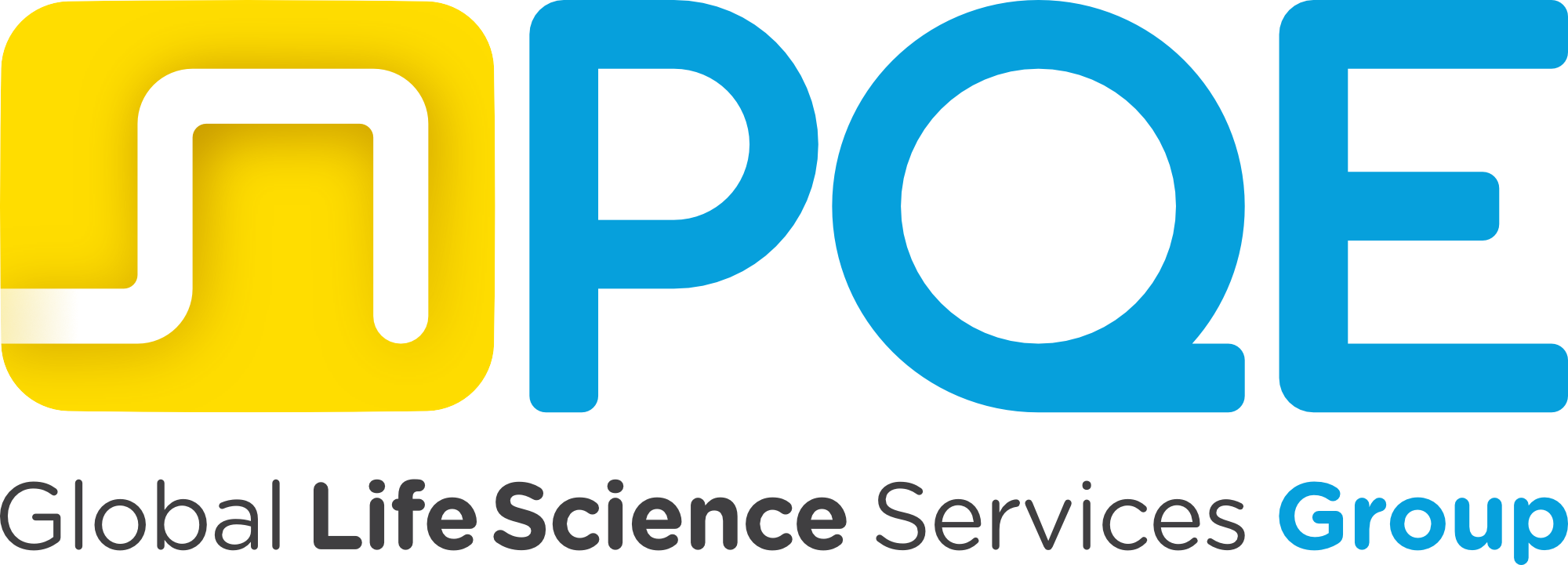MES Key Definitions and Acronyms:
- MES Domain: systems and processes executed for the manufacturing operations
- MBR: the MBR includes all information, instructions for manufacturing processes and parameters that allow producing a specific material. It contains all relevant data for the execution of the process:
- input material list
- work instructions for specific activity execution and reference/link to SOPs governing the process to be executed
- definition of process steps and process data including the delineation of Critical Process Parameters (CPPs) and Critical Quality Attributes (CQAs)
- EBR (Electronic Batch Record): the EBR shows the necessary sequence of tasks and instructions to operators during the execution of a work order for a specific batch
Why Implement a MES?
In recent years, an increasing number of pharma companies have decided to start MES implementation to achieve the following goals:
- Digitalization of production business processes supported by the Next Generation EU Program
- Harmonization of the production process and integration with external systems and field equipment
- Reduction in paper use and a decreased need for physical archives
- Support the manufacturing of multiple products‘ commercialization and development through the controlled creation of electronic Master Batch Reports
- Provide real time monitoring of the work order execution
- Manage and review exception in real time (before closing the manufactured batch)
- Implement review by exception, batch review and release electronically
- Manage and execute the process orders and related materials handling process
- Label printing and reconciliation
- Manage equipment and equipment Log
- Quality and Regulatory compliance improvement: lower risk of production data loss, recalls or run-ins with regulatory authorities on product quality and achieve better visibility regarding production defects/deviations
- Increase Quality Operation Management: improve quality management and control through the entire production process from raw materials to finished goods, due to the fact that the MES increases the visibility of the data providing information about the production phases in real time
- Reduced costs: reduce the time required to produce and improve resource utilization
To achieve these goals it is very important to plan the MES deployment, passing through the high-level steps identified in the next sections.
Requirements Definition and Software Selection
The first step of an efficient deployment process is the design of the new business process flows that will be supported from the MES. The definition of the business process will allow the correct identification of the related user requirements. It is extremely important that the proper definition of the user requirements is developed since these requirements will be the milestone for all the following activities. Incorrect or too generic requirements will cause the implementation of a MES that does not fit with the business and quality needs. For this reason, in this phase the identification of the correct resources to support this activity (e.g. Business Process Owner, Business Analysts and Subject Matter Experts) is crucial. A workshop with all stakeholders is recommended to provide a faster agreement on all requirements.
At the completion of the requirements definition, the vendor selection begins with the preparation of a Request for Quotation that should at least include:
- Scope and requirements for the system
- Applicable regulations
- Detailed list of required documentation from vendor
For the correct evaluation of all documentation and a demo, an evaluation matrix should be created to provide unbiased criteria.
As part of the vendor selection, a vendor audit is highly recommended to verify their Quality Management System and how the MES Software was developed and tested.
Gap Analysis
Once the MES software solution is selected, the following step consists of the identification of the gaps between the standard functionalities of the selected MES software solution and the business/process requirements. Each gap should be carefully evaluated to find the best compromise between a fully customized solution that fulfills the requirements and a workaround of the requirements based on the standard software solution. The MES implementation provides an opportunity for the company to revise and simplify the processes due to the integration with external systems and the automatic checks executed from the MES solution.
At the completion of this analysis, the vendor will be able to define the complete MES’ standard functionalities and customizations. A review of the process requirement can be also required to implement the workaround agreed to during this phase.
Software Development
In this phase, the vendor will develop the software code for the customizations and create the Software and Configuration package that will be installed in the customer environment. As a final step, the vendor will execute testing in their environment to verify the correct design. If properly documented, these tests can also be leveraged as validation testing.
Testing
The testing phase ensures that the system has been developed and works as per its intended use. A testing scope will be defined using a risk based approach and will not be limited to verifying the regulatory expectations, but will include all the high risk functionalities.
In order to improve the reliability of the entire MES domain, an integrated end-to-end verification can be performed in order to guarantee not only the correct implementation of the MES but also its integration and the reliability of the whole manufacturing process.
As requested by regulations, the workflow designed in the MBR must also be properly verified prior to its use in production.
MES Go Live
In order to release and “go live” with an MES producing a commercial batch, it is necessary to have a good “run-up plan” to have visibility of the material to be produced. This requires the involvement of several departments (IT, Planning and Production). Moreover, it is important that master data of all interfaced systems are aligned and that the field equipment is connected with the MES. Standard Operating Procedures and trainings must be executed to allow the key user to operate with the MES.
Conclusion
Typically, before a MES project begins there is resistance to change from established processes.
Nevertheless, its implementation allows for efficiently controlling and optimizing the production process with the following benefits:
- Reduce waste, rework and scrap
- Increase resource efficiencies
- Minimize errors
- Real time monitoring of the production activities
- Faster corrective actions
- Accelerate batch release
Implementing MES requires the overall company’s significant effort and commitment to make the project a tangible success. This goal can also be achieved with a strong validation strategy that can provide tips and verifications to avoid critical problems after the system implementation, which can affect the production activities.





